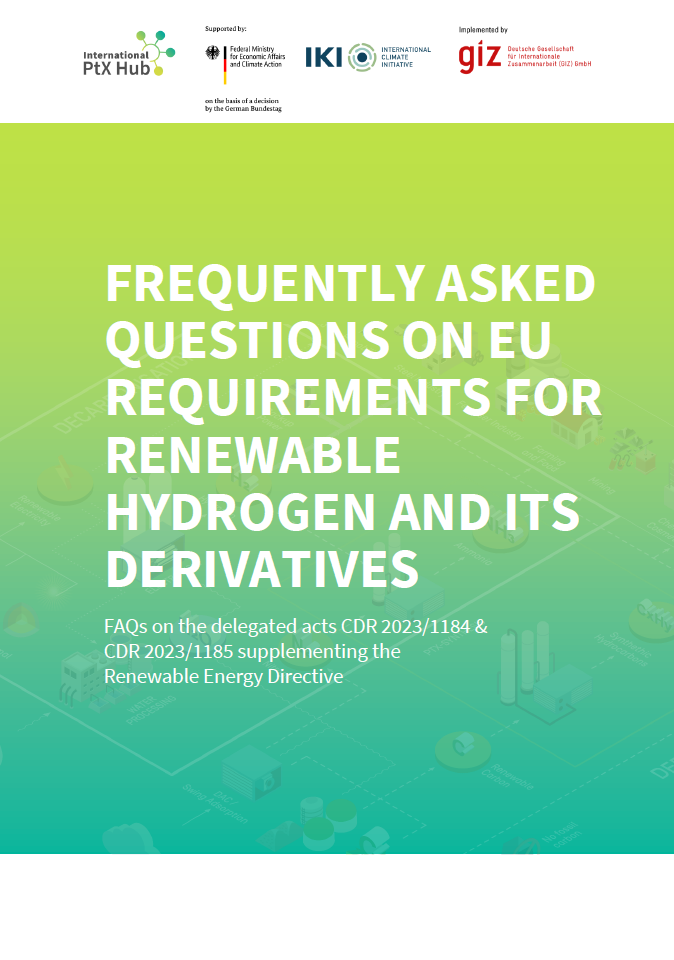Hydrogen station in the HafenCity in Hamburg
|Analysis and Dialogue on GHG Accounting, Standards and Certification for Green Hydrogen and PtX
- Project
- Duration
-
-
The climate neutrality targets adopted by an increasing number of countries imply the full decarbonization of the entire economy, including the hard-to-abate sectors (such as aviation, long distance shipping, steel, glass, fertilizers and other chemicals) where green hydrogen (GH2) or green hydrogen-based PtX products, such as ammonia, methanol or synthetic hydrocarbons, represent one – or even the only – economically competitive solution.
A crucial prerequisite for their market uptake at the global level are reliable certification systems based on international standard that are widely accepted and interoperable, while staying sufficiently ambitious. The cornerstone of an internationally interoperable GH2/PtX standard and certification regime must be the GHG accounting methodology on the basis of which GHG emission thresholds can be established and implemented. The GHG accounting methodology should cover the entire value chain, including production, transport and storage of GH2 and the PtX products.
Further elements of the standard and certification regime might include the definition of (un)desirable energy sources, standards for the CO2 sources for PtX products requiring a CO2 input and the consideration of further environmental (e.g. water, biodiversity), economic, social and/or governance-related criteria.
In collaboration with the International PtX Hub, we analyzed the emerging EU and international regime in this field, and developed recommendations on GHG accounting and the sustainability of PtX.
- EU Requirements for Renewable Hydrogen and its Derivatives
- Frequently Asked Questions on EU Requirements for Renewable Hydrogen and its Derivatives
- Explaining the New EU Carbon Border Adjustment Mechanism (CBAM)
- Briefing on certification for green hydrogen and Power-to-X
- Introduction to the IPHE Methodology - Determining the greenhouse gas (GHG) emissions associated with the production of hydrogen via electrolysis of water
In a series of bilateral online workshops, we provided advice to policy makers and other stakeholders from Algeria, Chile, Colombia, India, Jordan, Kenya, Namibia, South Africa, Uruguay and Vietnam.






